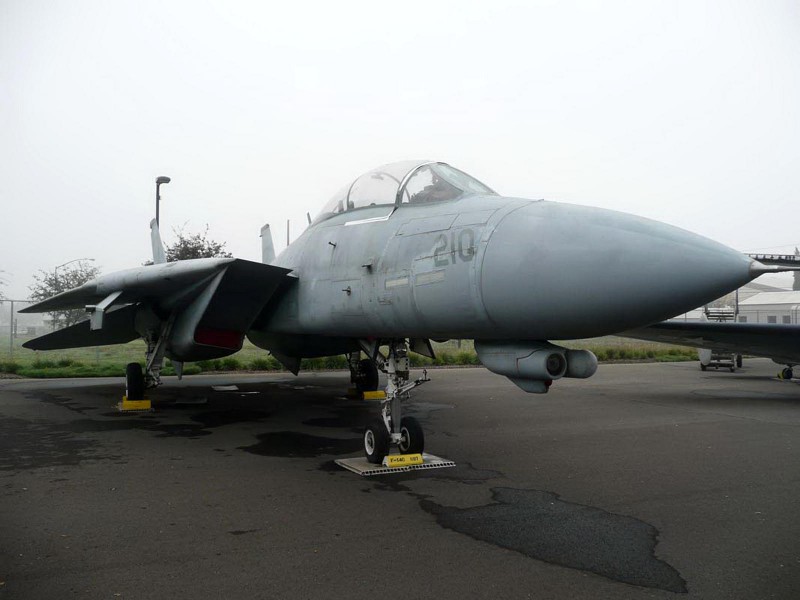
Grumman F-14 Tomcat | |
|---|---|
| Pays | Usa |
| Type | Avion de chasse d’aile à balayage variable |
| Premier vol | Le 21 décembre 1970 |
| Construit | 712 |
Lla Grumman F-14 Tomcat est un avion de chasse à voilure supersonique, bimoteur, biplace et à balayage variable. Le Tomcat a été développé pour la Marine des États-Unis’s Naval Fighter Experimental (VFX) à la suite de l’effondrement du projet F-111B. Le F-14 a été le premier des chasseurs américains de la série ado qui ont été conçus incorporant l’expérience du combat aérien contre les chasseurs MiG pendant la guerre du Vietnam.
Source: F-14 Tomcat sur Wikipedia
| Grumman F-14 Tomcat | |
|---|---|
| Photographe | Inconnu |
| Localisation | Inconnu |
| Photos | 193 |
| Grumman YF-14A Tomcat Walk Around | |
|---|---|
| Photographe | Vladimir Yakubov |
| Localisation | Musée de l’air de champ de mars |
| Photos | 122 |
| Grumman F-14D Super Tomcat | |
|---|---|
| Photographe | Cees Hendriks |
| Localisation | Inconnu |
| Photos | 121 |
| Grumman F-14A Tomcat Walk Around | |
|---|---|
| Photographe | Vladimir Yakubov |
| Localisation | Musée occidental du vol, Torrance |
| Photos | 107 |
| Grumman F-14B Tomcat Walk Around | |
|---|---|
| Photographe | Bill Maloney |
| Localisation | Musée de l’air MAPS |
| Photos | 19 |
Voir aussi :
Le Grumman F-14 Tomcat is an iconic American carrier-capable, supersonic, twin-engine, two-seat, twin-tail, **variable-sweep wing** fighter aircraft. It was the U.S. Navy’s primary maritime air superiority fighter and fleet defense interceptor for over three decades, renowned for its formidable long-range defense capabilities and starring role in the movie Canon supérieur.
Key Design Features
- Variable-Sweep Wings (Swing Wings): This is the F-14’s most distinctive feature. The wings could sweep automatically from a wide spread of 64 feet for low-speed flight (like takeoff and landing on an aircraft carrier) to a fully swept position of about 38 feet for high-speed supersonic flight (up to Mach 2.34).
- Équipage: It is a two-seat aircraft with a **Pilot** and a **Radar Intercept Officer (RIO)** seated in tandem. The RIO in the back seat was crucial for operating the aircraft’s powerful radar and weapons system.
- Engines: It is powered by twin turbofan engines, initially the Pratt & Whitney TF30 (in the F-14A) and later upgraded to the more powerful and reliable General Electric F110-GE-400 (in the F-14B/D).
- Radar and Weapons System: The F-14 was built around the powerful AN/AWG-9 radar (and later the AN/APG-71 in the F-14D) and its signature weapon, the **AIM-54 Phoenix** air-to-air missile. The AWG-9 system could simultaneously track up to 24 targets and guide Phoenix missiles to engage six of them at ranges up to 100 nautical miles.
Primary Roles and Armament
The F-14 was designed for Défense aérienne de la flotte Et air superiority.
Air-to-Air Armament:
- AIM-54 Phoenix: Long-range, radar-guided missile.
- AIM-7 Sparrow: Medium-range, semi-active radar-guided missile.
- AIM-9 Sidewinder: Short-range, infrared-guided missile for close combat (dogfighting).
- M61 Vulcan 20mm Cannon: Internal rotary cannon for close-in engagements.
Secondary Roles:
- Reconnaissance: Many Tomcats were equipped with the Tactical Air Reconnaissance Pod System (TARPS), making it the Navy’s primary aerial reconnaissance platform for years.
- Ground Attack: In its later life, the F-14 was upgraded with the Low Altitude Navigation and Targeting Infrared for Night (**LANTIRN**) pod, allowing it to deliver precision-guided munitions like laser-guided bombs. This multi-role capability earned it the nickname « **Bombcat** ».
Service History
- Development: The Tomcat was developed in the late 1960s as part of the Navy’s VFX (Naval Fighter Experimental) program to replace the failed F-111B project and provide a superior interceptor to defend the fleet against Soviet aircraft and missiles.
- First Flight and Deployment: It first flew on December 21, 1970, and was first deployed with the U.S. Navy in 1974 aboard the USS Enterprise.
- Notable Combat: US Navy F-14s had air-to-air victories against Libyan aircraft over the Gulf of Sidra in 1981 and 1989. The aircraft was also used extensively in reconnaissance and strike roles over Bosnia, Iraq, and Afghanistan.
- International Service: The only export customer was Iran, which received F-14s before the 1979 revolution and successfully used them in the Iran-Iraq War. The F-14 is still in service with the Iranian Air Force.
- US Navy Retirement: The F-14 Tomcat was retired from U.S. Navy service on **September 22, 2006**, replaced by the Boeing F/A-18E/F Super Hornet.
Views : 18868
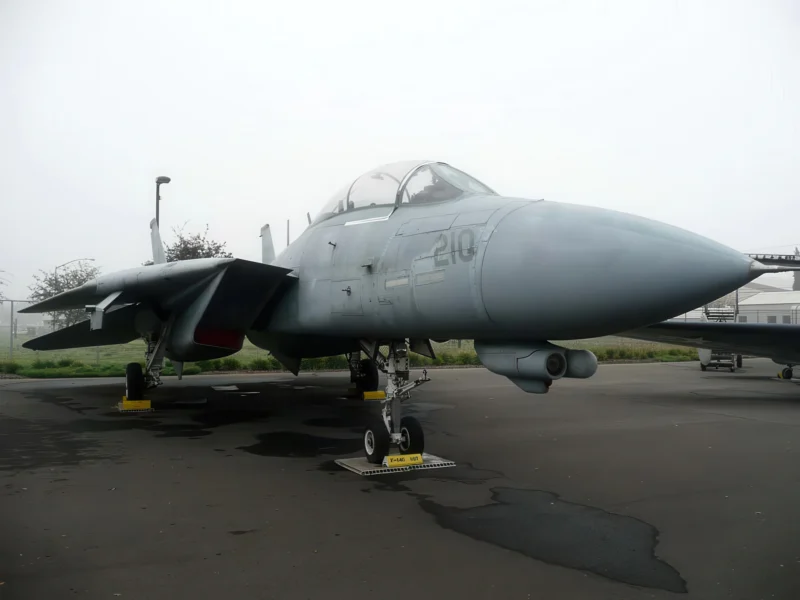

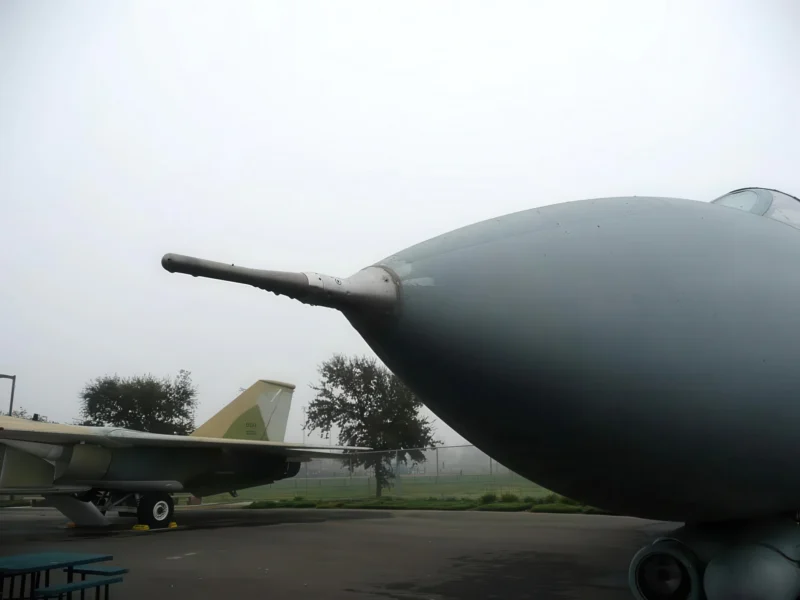

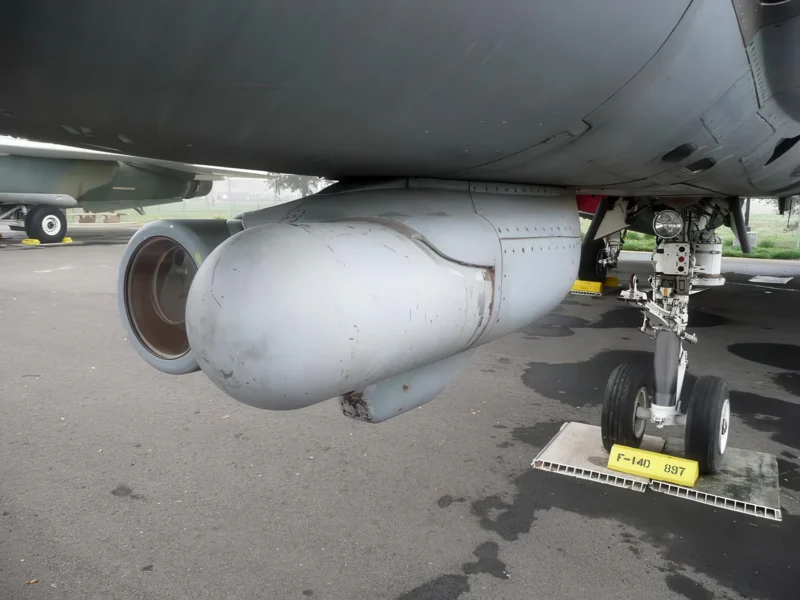
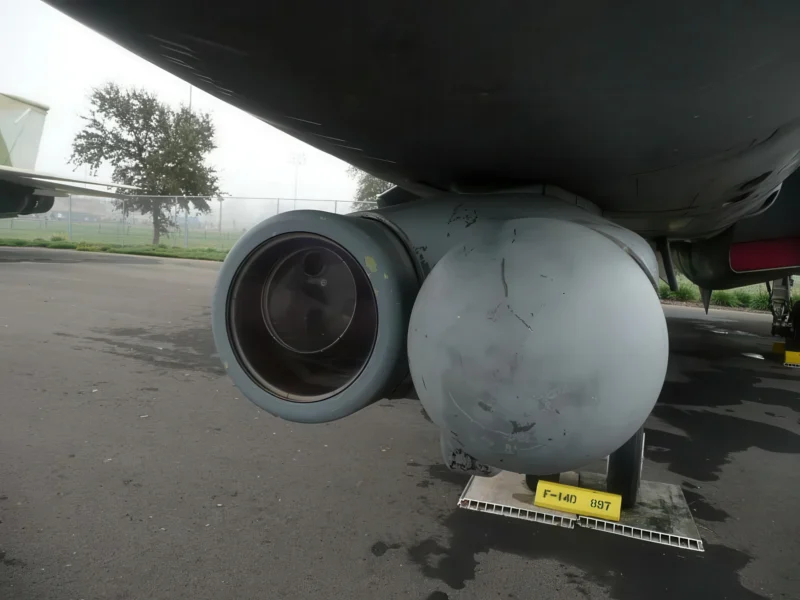
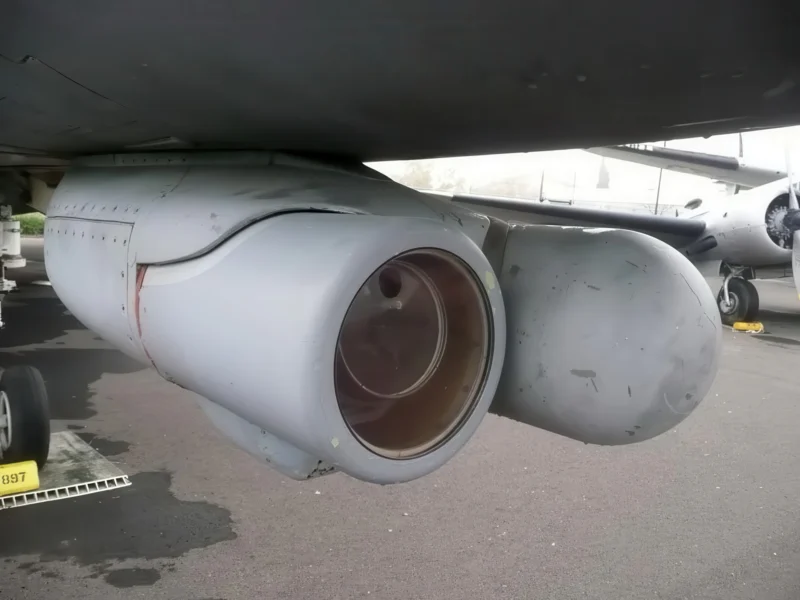
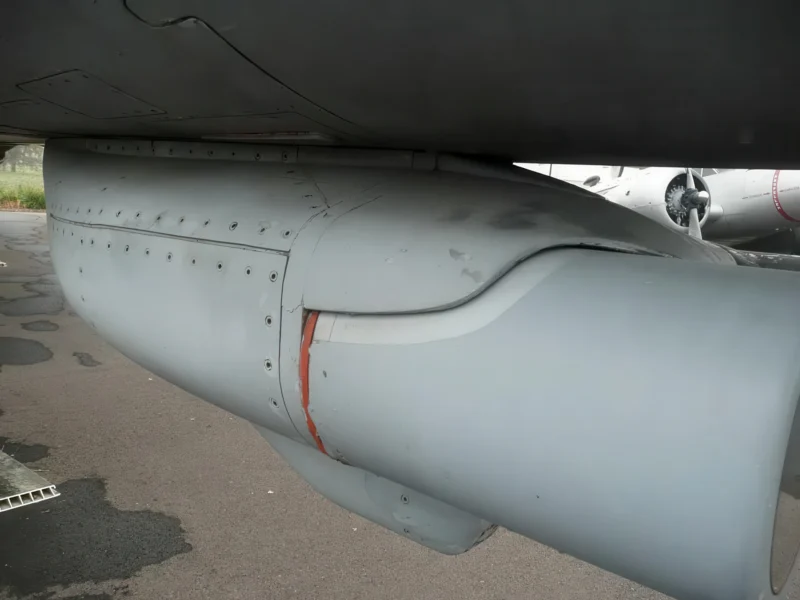
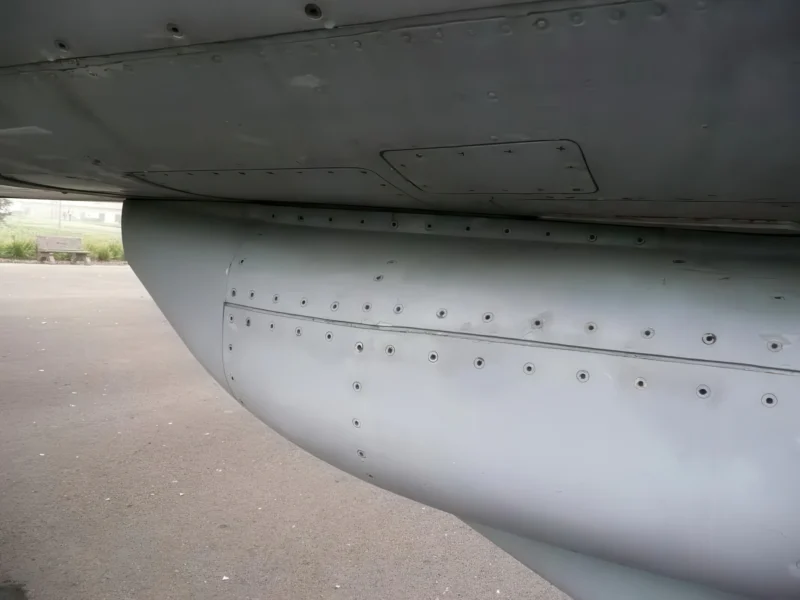





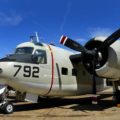
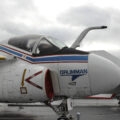
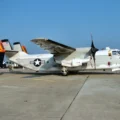
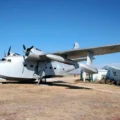
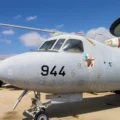
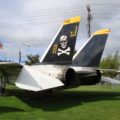
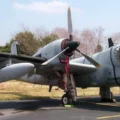
Nouvel ensemble de 121 photos d’un Grumman F-14D Super Tomcat